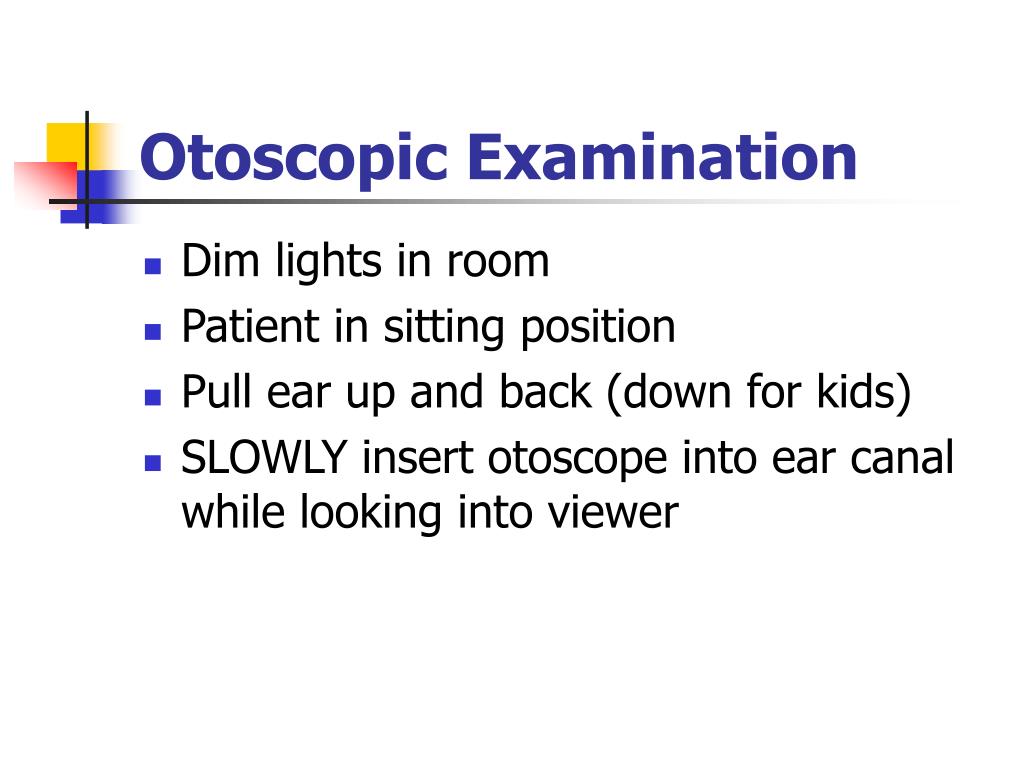

It is also conducted alongside the Rinne Test, which makes use of a tuning fork to gauge the hearing of the patient, but with a different method. The most obvious is when a patient attends their consultation and complains about the loss, reduction, or muffling of their hearing. There are two appropriate times to use the Weber Test for your work. When is it best to conduct the Weber Test?

This will include other audiological examinations, like the Rinne Test, Tympanometry, clearing earwax, and more. If the results point to either type of hearing loss, the next step is to conduct a comprehensive examination. This means the problem is likely due to something concerning their inner ear or auditory nerve. If the sound is louder in the unaffected ear or the better ear, this is indicative of sensorineural hearing loss.If this is the case, then it’s likely that the problem is in their middle ear, which might be caused by earwax blockage, an issue with the ossicles, or the accumulation of fluids. If the sound is louder in their affected ear, this indicates unilateral conductive hearing loss.If the patient hears the sound right in the middle and the loudness is equal for both ears, that means their ears are fine! This is the ideal result.Here are the possible results that they can get from this test:
Weber test ear professional#
Their answer will let the healthcare professional know what’s going on with the patient.

Make sure that the fork is touching the skin.
Weber test ear how to#
This test should only be conducted by audiologists and ENTs (Ear, Nose and Throat doctors) since they are knowledgeable about the ear’s anatomy, plus they know how to properly conduct this test and interpret the findings.īefore conducting the Weber Test, the healthcare professional must find a completely silent room as the venue for the test. If the hearing loss is sensorineural, then the affected part is the inner ear. If the hearing loss is unilateral conductive, the affected parts of the ear are the outer and middle ears. The Weber Test determines which part of the ear is related to the hearing loss. On the other hand, sensorineural hearing loss is where the sound does not lateralize to the affected ear, but instead, the sound is louder in the unaffected ear. Unilateral conductive hearing loss is a type of hearing loss where the sound coming from the tuning fork lateralizes to the affected ear, which means that the sound is louder in the affected ear. The test is designed to gauge a patient’s hearing loss using a tuning fork to see if the hearing loss is unilateral conductive or sensorineural. It is one of the most reliable audiological assessments since it has withstood the test of time and is still being used today. The Weber Test is an audiological clinical assessment developed by Ernst Heinrich Weber over a century ago.


 0 kommentar(er)
0 kommentar(er)
